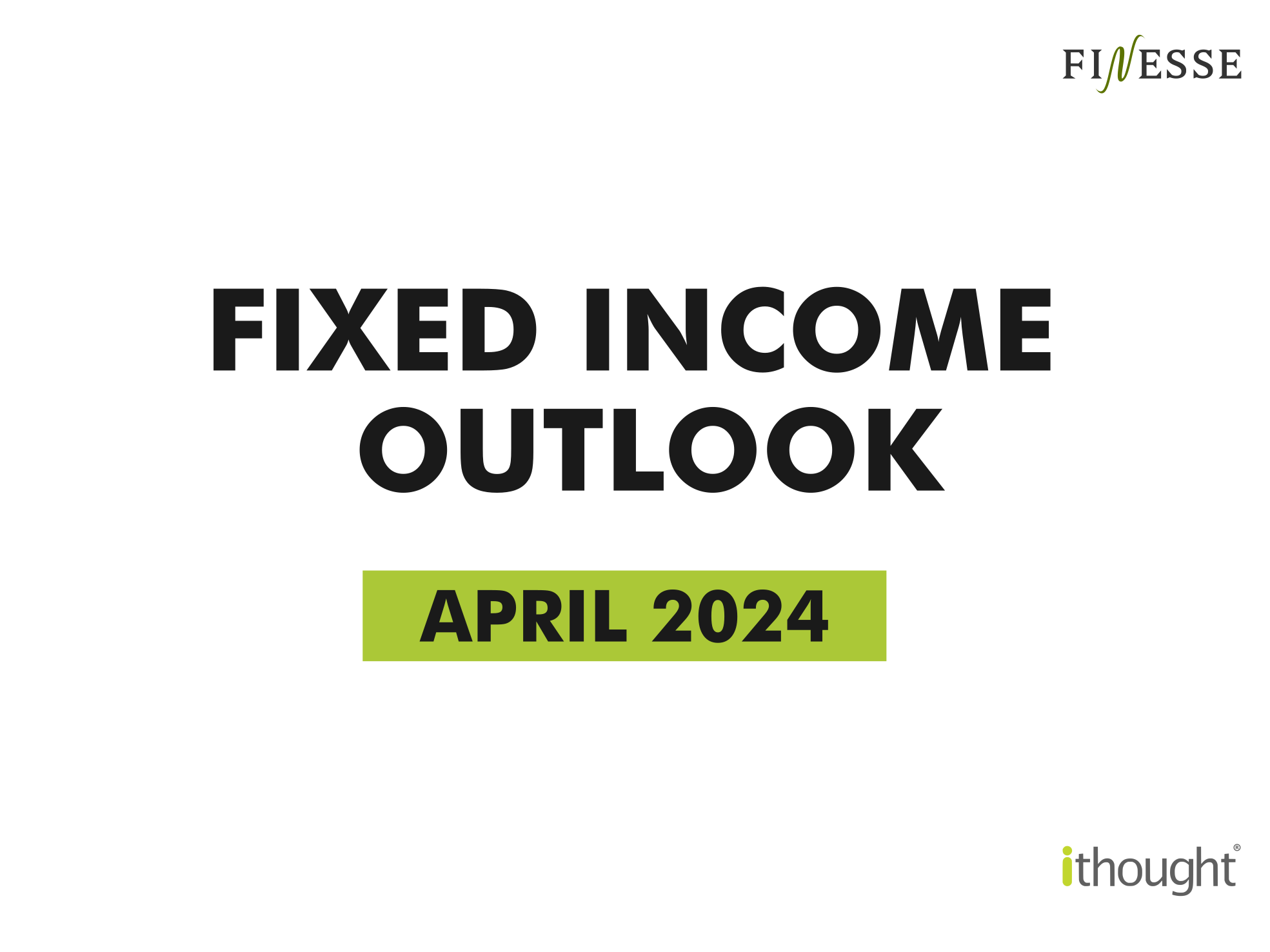

Stance
The RBI’s stance on monetary policy is crystal clear. In the last year, the challenges have been to manage excess liquidity, anaemic growth, low inflation, and the NPA crisis. The RBI acknowledges that any outcome is possible from this point and therefore chooses to maintain its neutral stance. Effectively, monetary policy decisions will be data-driven. Keeping this in mind, the reserve bank has left key rates unchanged.


The Reserve Bank’s Outlook
Central to any policy change is inflation and growth. Risks to inflation could arise from various directions. The stability in food and fuel prices has largely reversed. Volatility in food prices may be tempered by kharif output. Fuel prices in the near-term are linked to OPEC’s policy and geopolitical relations.
On the other hand, the narrative to growth remains positive. Recent regulatory reforms such as the GST (Goods & Services Tax) and IBC (Insolvency & Bankruptcy Code) have led to India’s rise in the ease of doing business rankings. The recapitalization of public sector banks is linked to reforms. This will sustainably improve capital allocation. These factors continue to enhance the environment for further economic growth.
Currency in circulation post-demonetization has expanded. Excess liquidity in the system largely rose from demonetization and the RBI’s Foreign exchange operations. Liquidity has begun to normalize and is expected to be neutral in the first half of 2018.
Investment Strategy:






